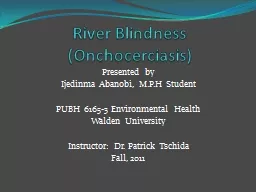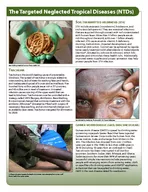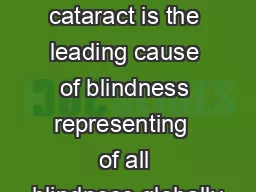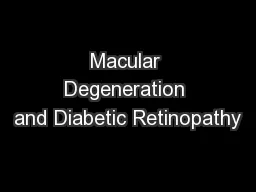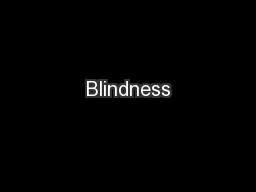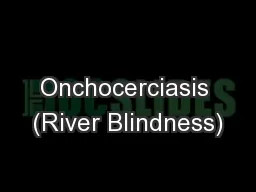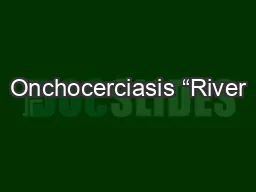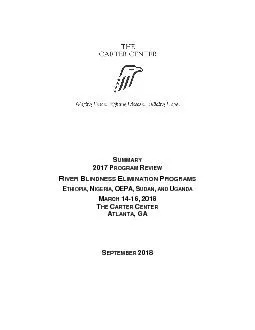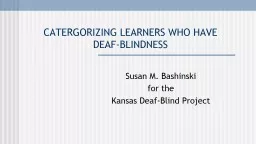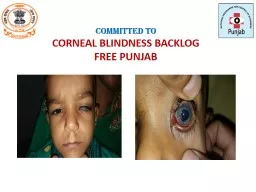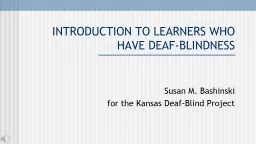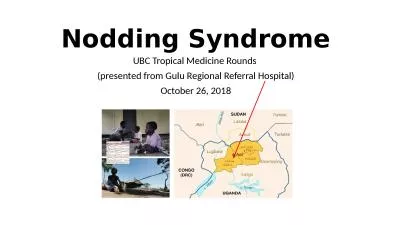PPT-River Blindness ( Onchocerciasis
Author : phoebe-click | Published Date : 2018-09-25
Presented by Ijedinma Abanobi MPH Student PUBH 61653 Environmental Health Walden University Instructor Dr Patrick Tschida Fall 2011 Topic Presentation Outline
Presentation Embed Code
Download Presentation
Download Presentation The PPT/PDF document "River Blindness ( Onchocerciasis" is the property of its rightful owner. Permission is granted to download and print the materials on this website for personal, non-commercial use only, and to display it on your personal computer provided you do not modify the materials and that you retain all copyright notices contained in the materials. By downloading content from our website, you accept the terms of this agreement.
River Blindness ( Onchocerciasis: Transcript
Download Rules Of Document
"River Blindness ( Onchocerciasis"The content belongs to its owner. You may download and print it for personal use, without modification, and keep all copyright notices. By downloading, you agree to these terms.
Related Documents

